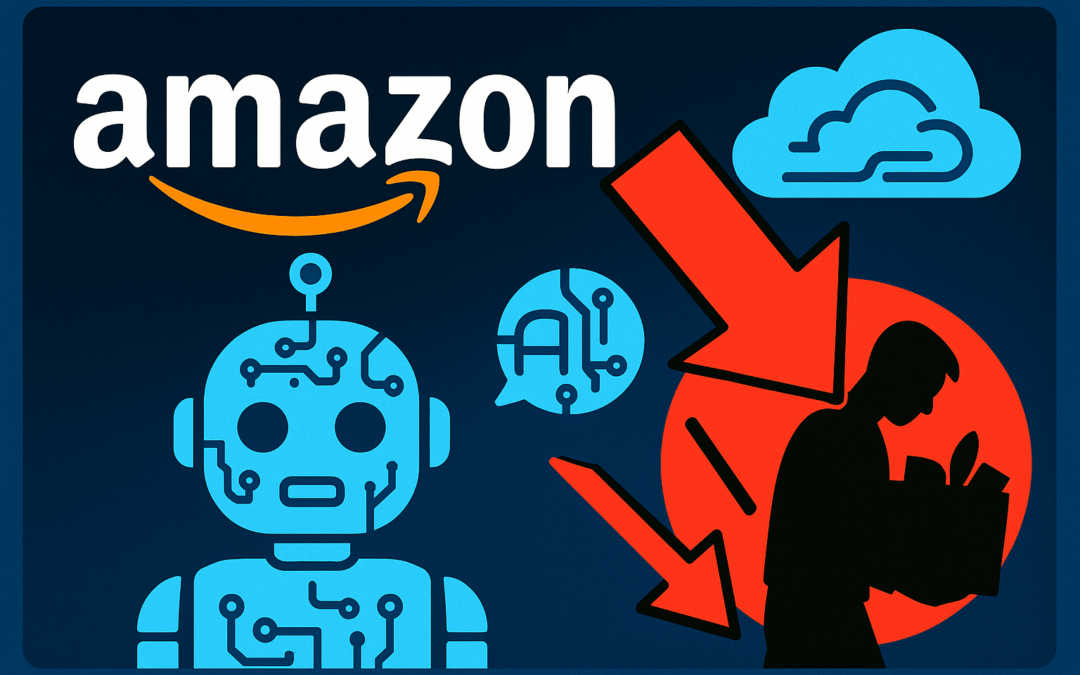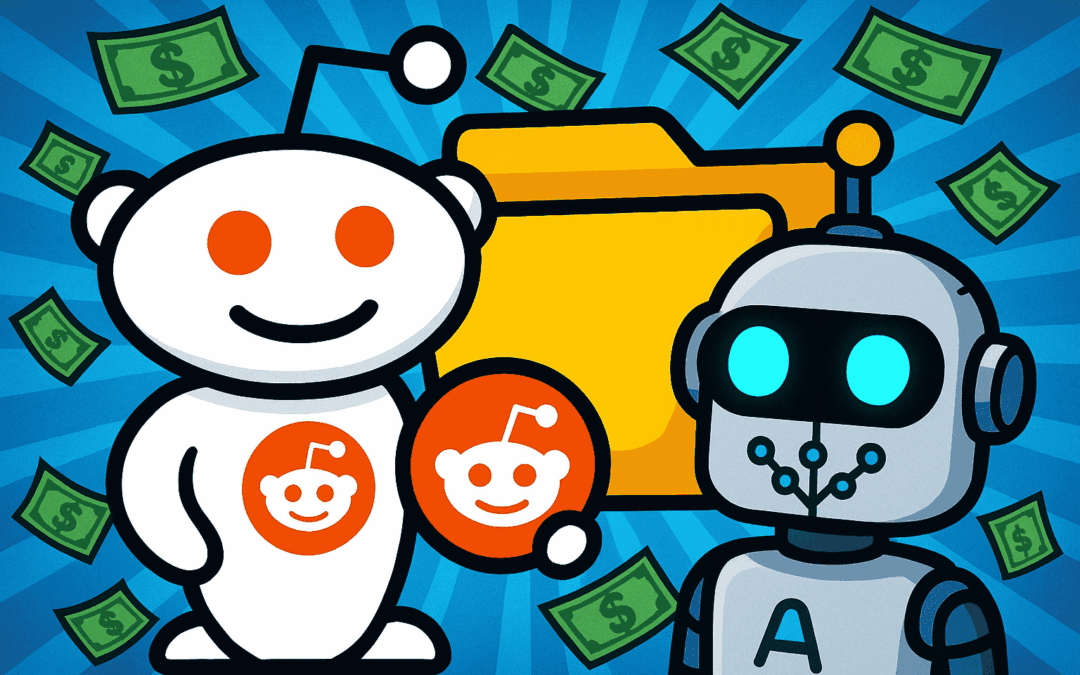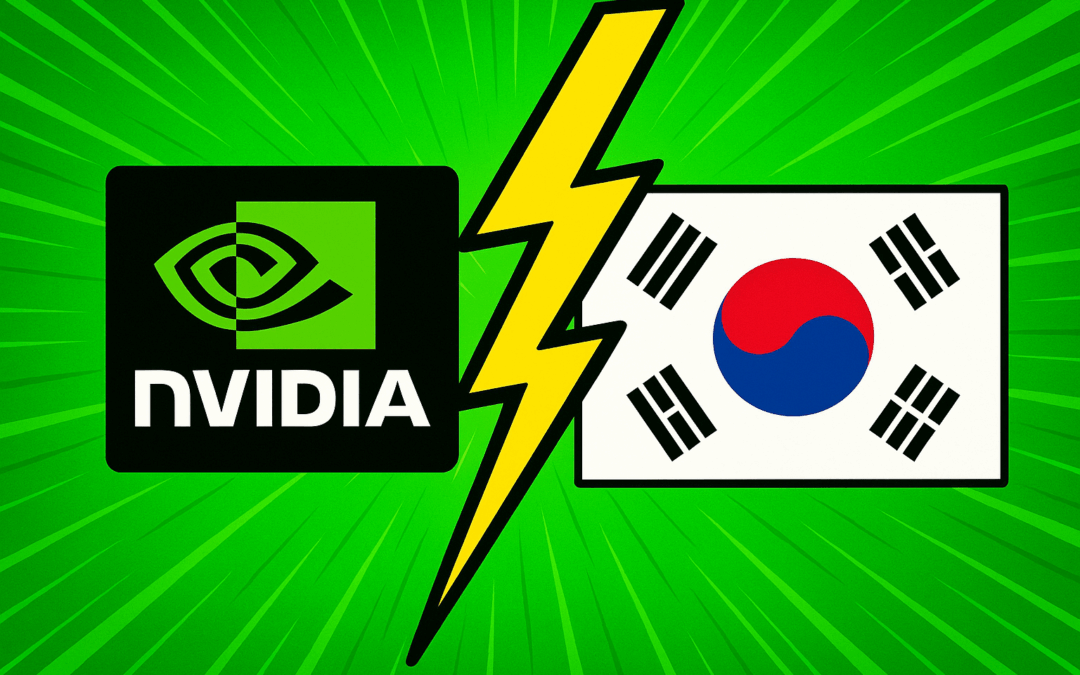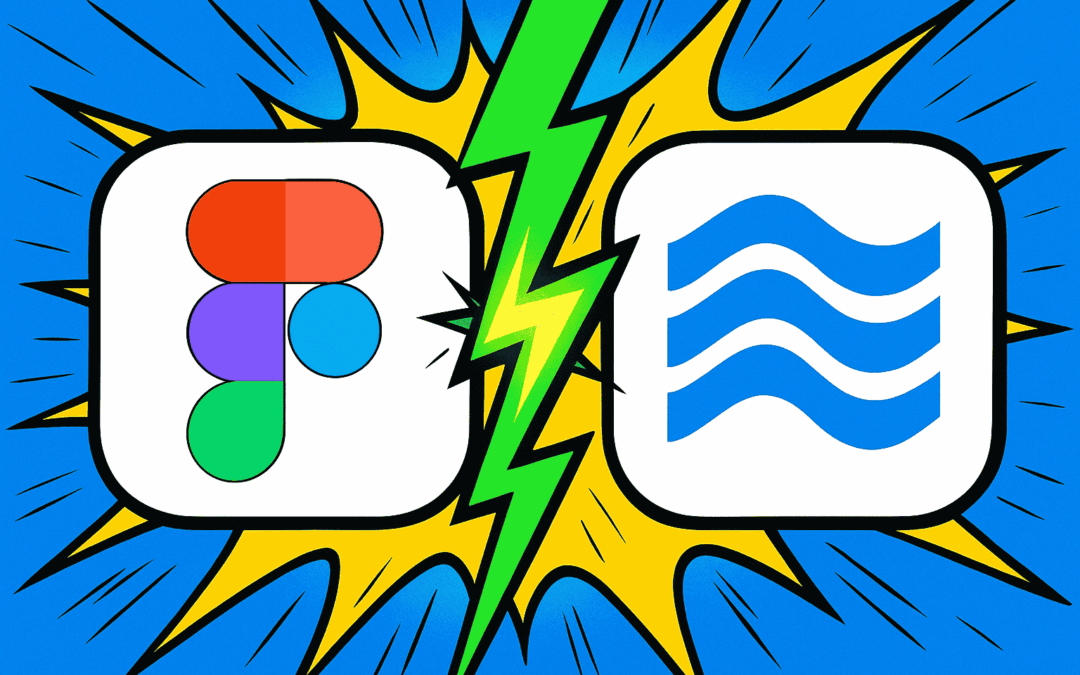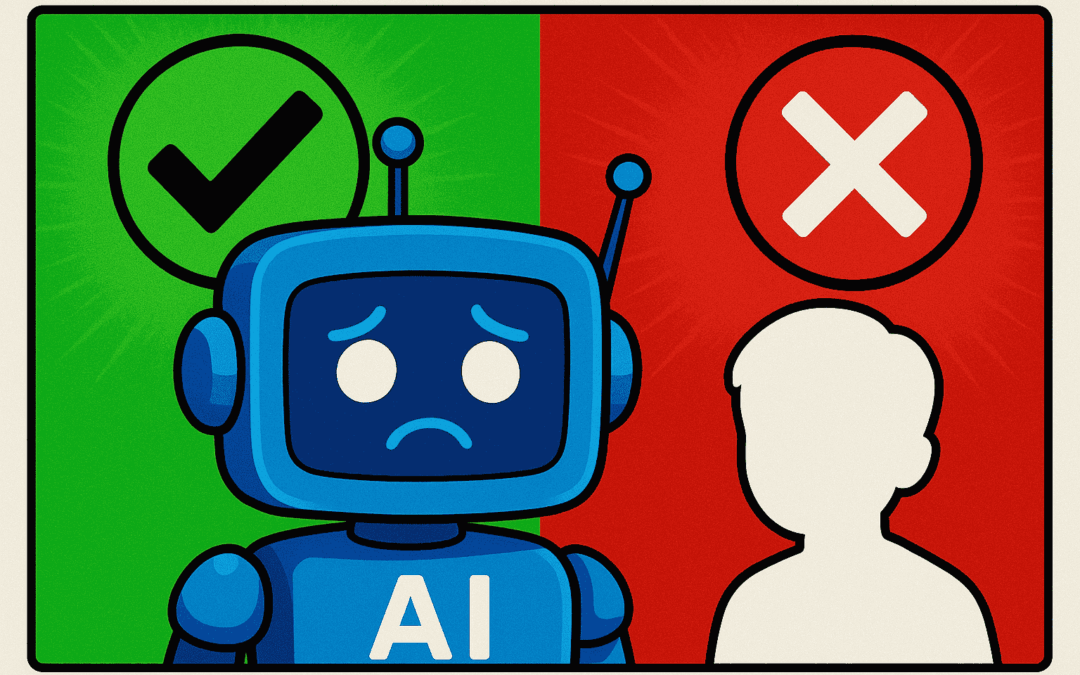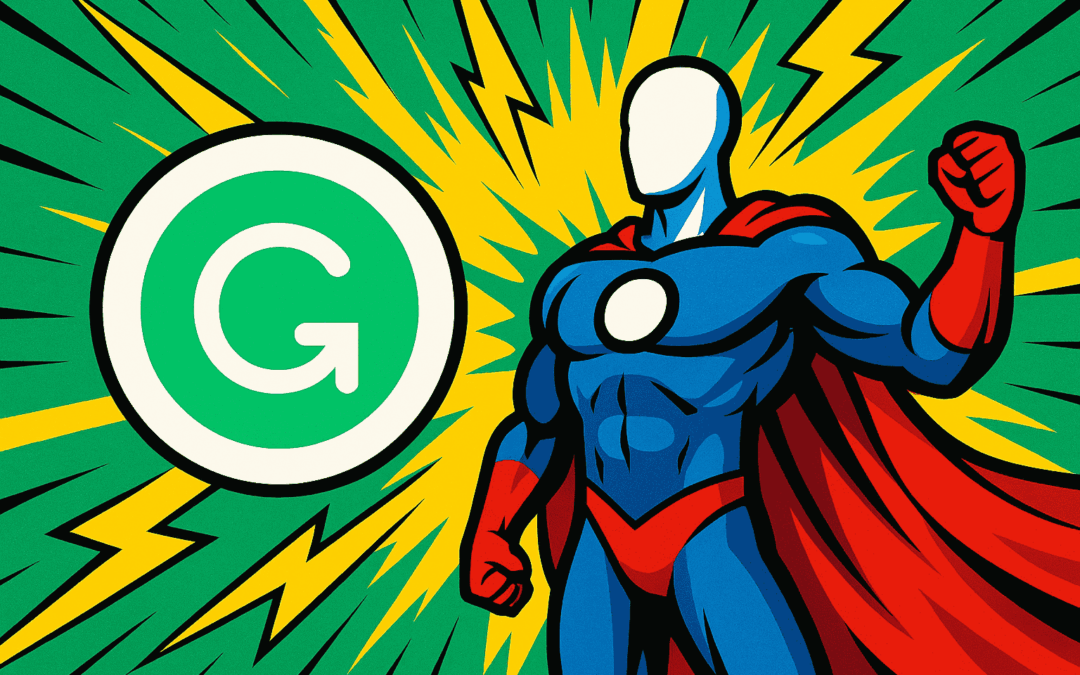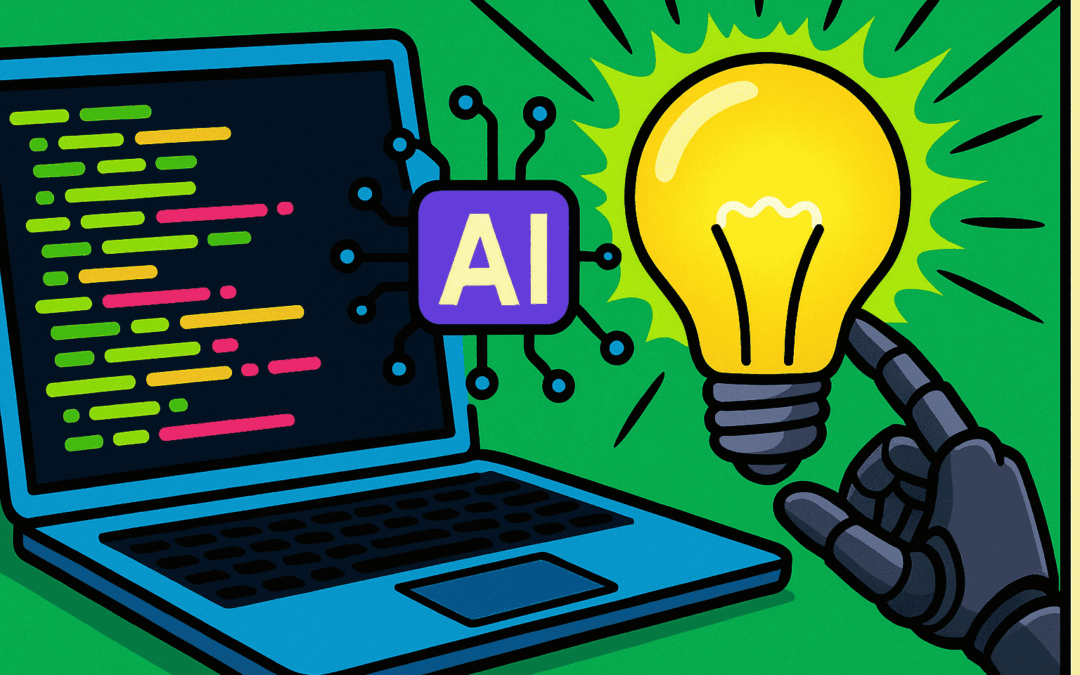Generative AI platforms, especially those leveraging large language models (LLMs), face critical scrutiny as companies grapple with ethical considerations, regulatory pressures, and responsible deployment.
Recent moves by Character.AI to restrict chatbot access for minors spotlight new challenges and industry-wide shifts that every AI professional, developer, and tech-focused startup must closely watch.
Key Takeaways
- Character.AI is significantly limiting chatbot interactions for users under 18, removing personalized AI companions and implementing stricter parental controls.
- This move follows mounting regulatory scrutiny towards generative AI and minors after similar restrictions from major players like OpenAI and Google.
- The actions could shape future youth engagement with AI and prompt wider industry adoption of age-gating and safety-first frameworks.
- Developers and AI startups must re-evaluate business models, moderation workflows, and compliance strategies to adapt to this evolving landscape.
Industry Moves on AI and Minors
Character.AI’s update, detailed in recent coverage by TechCrunch and echoed by Reuters and The Verge, removes simulated AI chats for minors and pivots to a more generic assistant-controlled environment for users under 18 (TechCrunch).
These changes reflect intensifying concern around unsupervised generative AI exposure, especially relating to mental health, security, and exposure to inappropriate content.
“Generative AI platforms face mounting legal and social pressure to prioritize user safety and transparency — or risk profound regulatory backlash.”
Regulatory and Platform Shifts Impacting the Entire Sector
Several U.S. states as well as the EU have sharpened focus on the digital welfare of minors.
The launch of California’s Age-Appropriate Design Code and the EU Digital Services Act put unprecedented responsibility on AI providers to offer age-appropriate experiences, clear data and privacy protections, and to prevent potential harms.
In response, OpenAI barred users under 13 from ChatGPT, while Google rolled out Kids Space and stricter YouTube AI guardrails (Reuters).
The AI industry is experiencing a transition from frictionless creativity to a safety-first, regulation-aware paradigm—developers must act swiftly to align with new standards.
Implications for Developers and Startups
AI developers and startups navigating the chatbot space must accelerate compliance with a rapidly evolving patchwork of legal and technical guidelines. Key focus areas now include:
- Robust Age Verification: Integrating reliable age-gating and parental consent mechanisms to ensure appropriate access.
- Bias, Safety, and Content Filtering: Implementing advanced moderation, NLP filtering, and user reporting features.
- Business Model Reevaluation: Exploring monetization and engagement models not reliant on under-18 audiences.
This trend will influence AI roadmap priorities, investment allocations, and cross-functional collaboration—especially for those offering direct-to-consumer generative AI applications or chatbots in gaming, education, and social.
What’s Next for Generative AI and Youth User Engagement?
As legal scrutiny and public concern intensify, expect more platforms to follow Character.AI’s lead. Long-term, the sector faces a dual mandate: protect vulnerable communities while preserving generative AI’s creative potential.
Platforms that lead with transparency, strong safety protocols, and clear value for adults will shape perceptions—and regulation—for the next generation of AI tools.
Proactive adaptation to emerging safety expectations will distinguish responsible AI leaders from laggards — regulatory frameworks are fast becoming market requirements.
Source: TechCrunch


